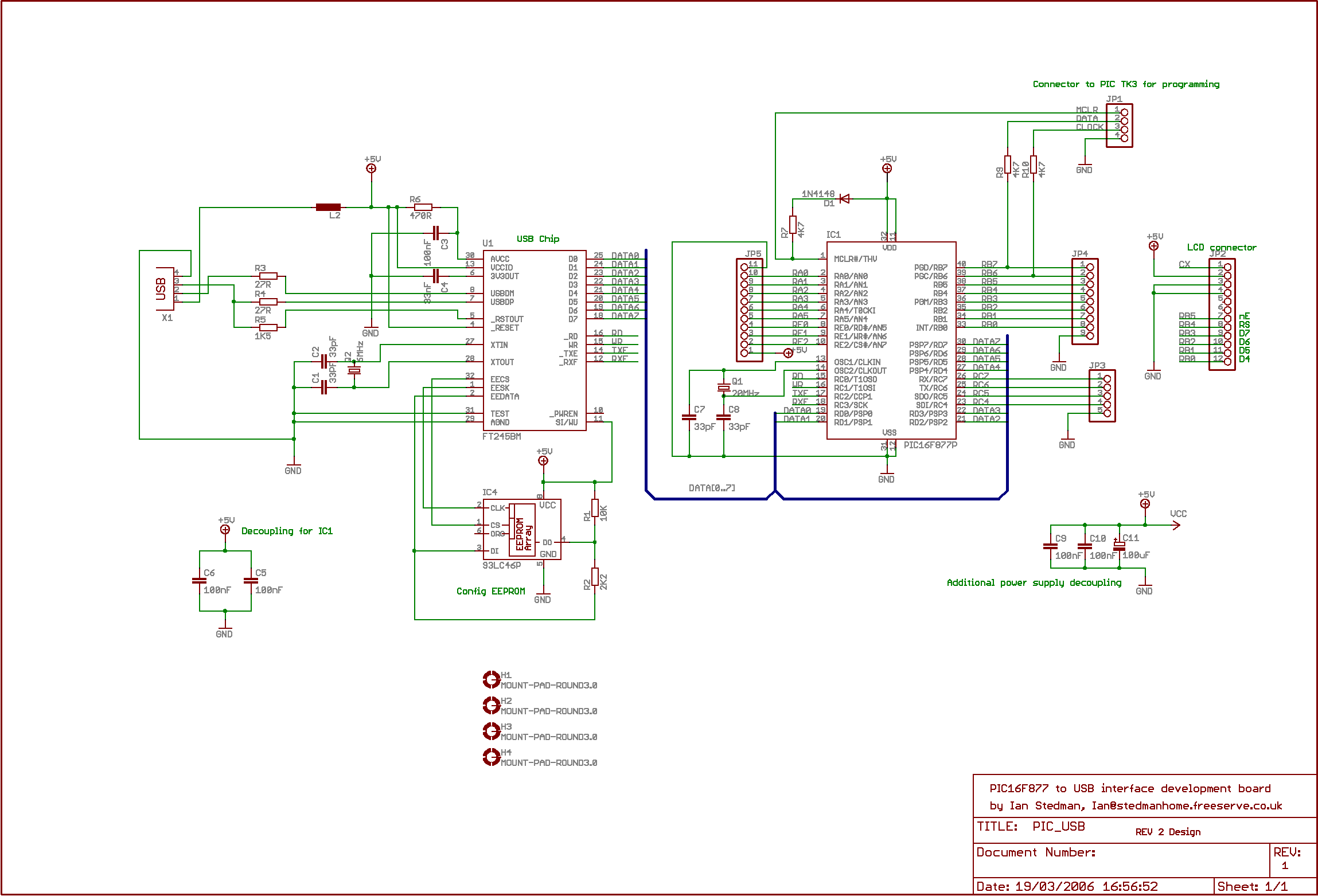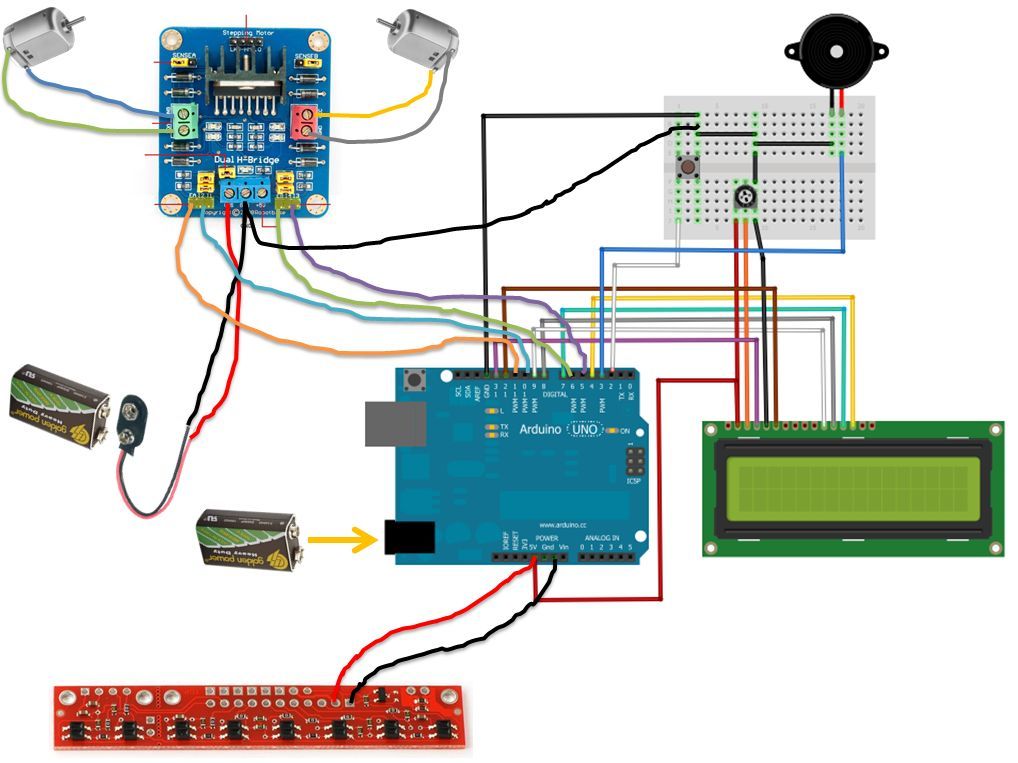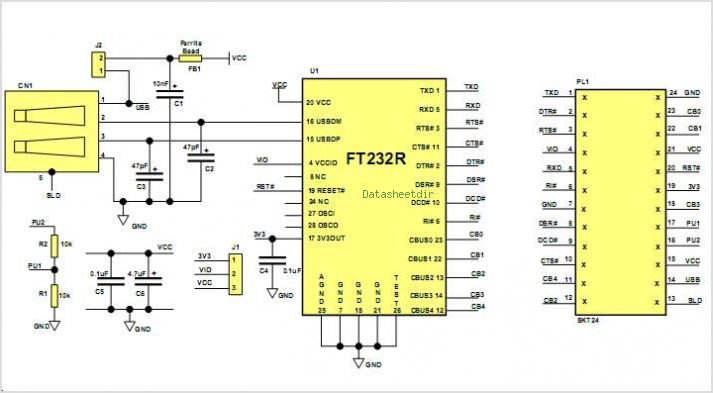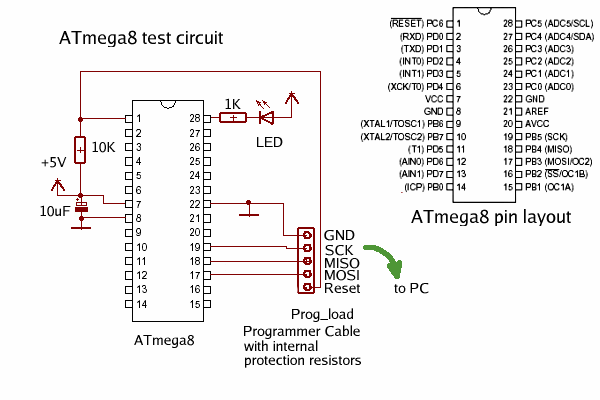
ATMEGA USB 001
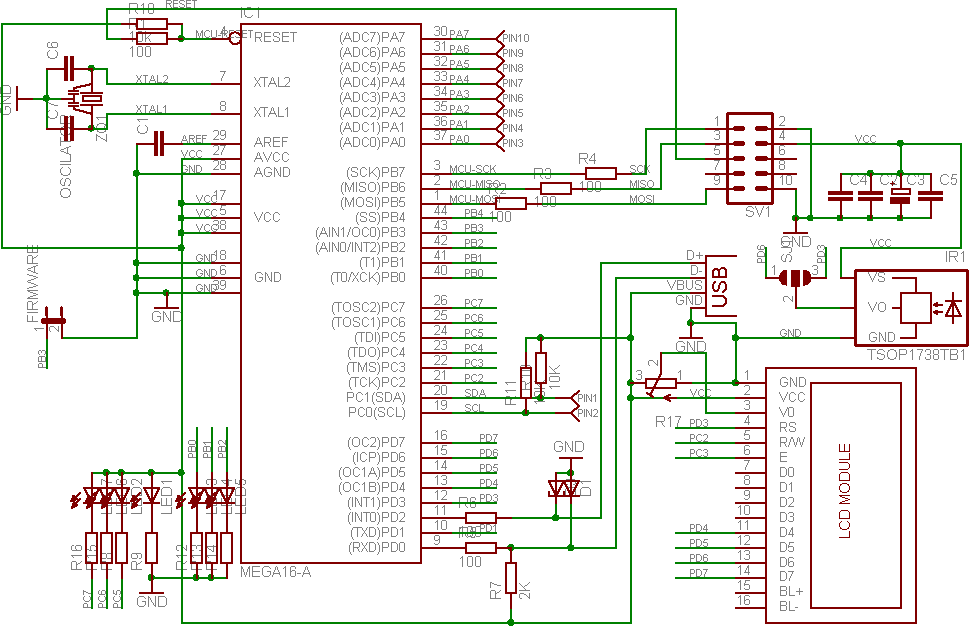
In previous discussions, it was mentioned that several ATMEL ATMEGA16 processors were resoldered. A decision was made to create a useful application utilizing this microcontroller. Given that this controller offers increased ROM and RAM capacity, high-level programming in C was chosen for development. All software provided on the associated web pages has been compiled and tested on the corresponding hardware. Users are advised to check their hardware and software if any downloaded content does not function as expected. Questions may be posed for assistance, and efforts will be made to rectify any potential software errors encountered from online sources. For instance, a simple mistake in handling the least significant bit (LSB) and most significant bit (MSB) rendered a significant program ineffective, causing a two-day delay in troubleshooting, as identifying errors in unfamiliar source code can be quite challenging. By selecting several independent projects from the internet, a universal circuit diagram and PCB layout were developed, allowing most software to operate with little to no modifications. To construct this project, the following components are necessary: ATMEGA16 (other mega variants may also be compatible, but adjustments in software and hardware will be required), an LCD module, several LEDs, assorted resistors, capacitors, and a 12MHz quartz crystal. A trimmer and connectors for programming and USB interface are also recommended. This project will encompass a variety of applications, ranging from simple LED flashers to more complex USB-driven devices, including basic ADC functions, infrared (IR) receivers, I2C bus communication, and LCD control, among others.
The project leverages the capabilities of the ATMEGA16 microcontroller, which features 16KB of flash memory and 1KB of SRAM, making it suitable for a range of applications. The circuit design includes a power supply section, typically utilizing a voltage regulator to ensure stable operation. The microcontroller is connected to the LCD module via the appropriate data and control lines, enabling text display and user interaction.
LEDs are incorporated into the design for visual feedback, with current-limiting resistors connected in series to prevent damage. The use of a 12MHz quartz crystal ensures accurate timing for the microcontroller's operations, critical for tasks requiring precise timing such as communication protocols.
The inclusion of a trimmer potentiometer allows for adjustable settings, which can be useful for calibrating analog inputs or controlling brightness levels of LEDs. Connectors for programming and USB facilitate easy uploading of new firmware and interfacing with other devices, broadening the project's scope.
The software architecture supports various functionalities, with modular code allowing for easy integration of additional features. The use of high-level C programming streamlines the development process, enabling rapid prototyping and testing of different ideas. The design is adaptable, accommodating both simple applications, such as LED flashing sequences, and more complex systems involving data acquisition and communication protocols.
Overall, this project exemplifies the versatility of the ATMEGA16 microcontroller, enabling a wide range of applications in embedded systems development.In older posts I mentioned, that I resoldered several ATMEL ATMEGA16 processors. So, I decided to build something usefull using this MCU. As this controller has more ROM and RAM, I decided to use only high level programming language- C. All software in these web pages are compiled and tested on my hardware. So, if you download something here and i t is not working, first of all check your hardware and software. Then you may as some questions. Also, I will try to fix possible errors in software loaded from the internet. For example, simple error in LSB ans MSB handling caused one big program to be useless. This error stopped me for two days- it is very hard to find error in alien source code. As I selected several independant projects in the internet I constructed universal circuit diagram and PCB. So almoust all software is working without modifications or just small modifications on PCB. To build this project, you need: ATMEGA16 (maybe other mega will work too, but with change in software and harware), LCD module, few LEDs, some resitors, capacitors and 12MHz quartz.
One trimmer is usefull too. Also some connectors for programming and USB. This project will deal with various ideas. From simple LED flasher to complicated USB driven devices. It will be simple ADC, IR (infra red) receivers, I2C bus, LCD manipulating and etc. 🔗 External reference
The project leverages the capabilities of the ATMEGA16 microcontroller, which features 16KB of flash memory and 1KB of SRAM, making it suitable for a range of applications. The circuit design includes a power supply section, typically utilizing a voltage regulator to ensure stable operation. The microcontroller is connected to the LCD module via the appropriate data and control lines, enabling text display and user interaction.
LEDs are incorporated into the design for visual feedback, with current-limiting resistors connected in series to prevent damage. The use of a 12MHz quartz crystal ensures accurate timing for the microcontroller's operations, critical for tasks requiring precise timing such as communication protocols.
The inclusion of a trimmer potentiometer allows for adjustable settings, which can be useful for calibrating analog inputs or controlling brightness levels of LEDs. Connectors for programming and USB facilitate easy uploading of new firmware and interfacing with other devices, broadening the project's scope.
The software architecture supports various functionalities, with modular code allowing for easy integration of additional features. The use of high-level C programming streamlines the development process, enabling rapid prototyping and testing of different ideas. The design is adaptable, accommodating both simple applications, such as LED flashing sequences, and more complex systems involving data acquisition and communication protocols.
Overall, this project exemplifies the versatility of the ATMEGA16 microcontroller, enabling a wide range of applications in embedded systems development.In older posts I mentioned, that I resoldered several ATMEL ATMEGA16 processors. So, I decided to build something usefull using this MCU. As this controller has more ROM and RAM, I decided to use only high level programming language- C. All software in these web pages are compiled and tested on my hardware. So, if you download something here and i t is not working, first of all check your hardware and software. Then you may as some questions. Also, I will try to fix possible errors in software loaded from the internet. For example, simple error in LSB ans MSB handling caused one big program to be useless. This error stopped me for two days- it is very hard to find error in alien source code. As I selected several independant projects in the internet I constructed universal circuit diagram and PCB. So almoust all software is working without modifications or just small modifications on PCB. To build this project, you need: ATMEGA16 (maybe other mega will work too, but with change in software and harware), LCD module, few LEDs, some resitors, capacitors and 12MHz quartz.
One trimmer is usefull too. Also some connectors for programming and USB. This project will deal with various ideas. From simple LED flasher to complicated USB driven devices. It will be simple ADC, IR (infra red) receivers, I2C bus, LCD manipulating and etc. 🔗 External reference
